 Part of the Oxford Instruments Group
Part of the Oxford Instruments Group
Expand
Collapse

5G-based stations

Efficient power suppliers for data centres

Fast chargers for EV

Fast mobile devices charging
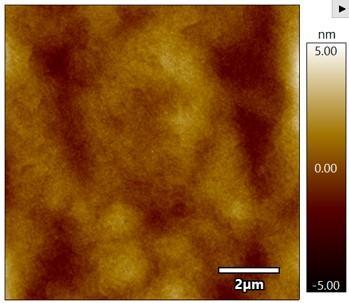
Figure caption (LHS): Higher AlGaN surface roughness (0.8 nm Ra) for ICP-RIE process.
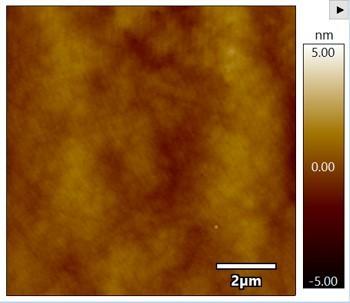
Figure caption (RHS): Reduced AlGaN surface roughness (0.4 nm Ra) for ICP-RIE & ALE process.
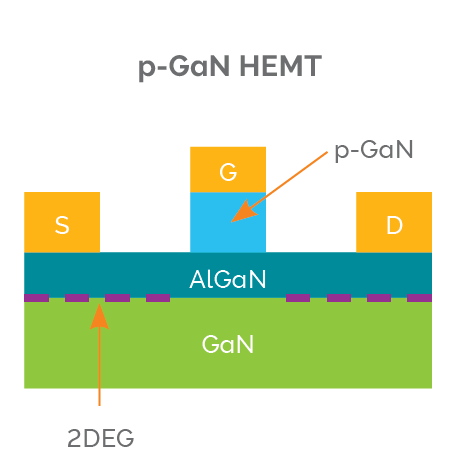
Figure caption: ALE for surface smoothing, low roughness processing of p-GaN devices to enable improved device performance.

Figure caption (LHS): GaN surface roughness (0.2 nm Ra) before ALE to demonstrate fully-recessed device with through-AlGaN etch.
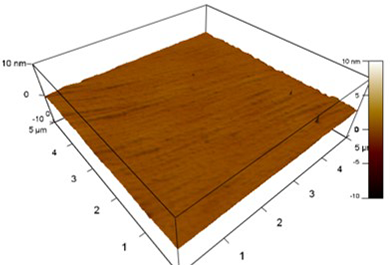
Figure caption (RHS): GaN surface roughness (0.1 nm Ra) after ALE to demonstrate fully-recessed device with through-AlGaN etch.
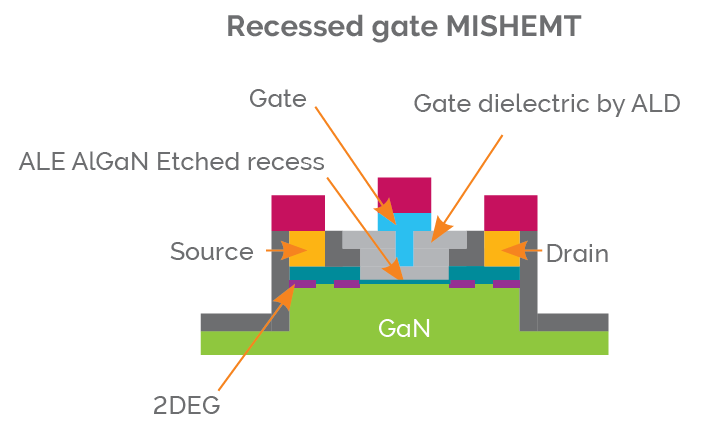
Figure caption: ALE for accurate etch thickness control of remaining AlGaN to ±0.5 nm for partially-etch recess to enable normally-off devices and improved device reliability.

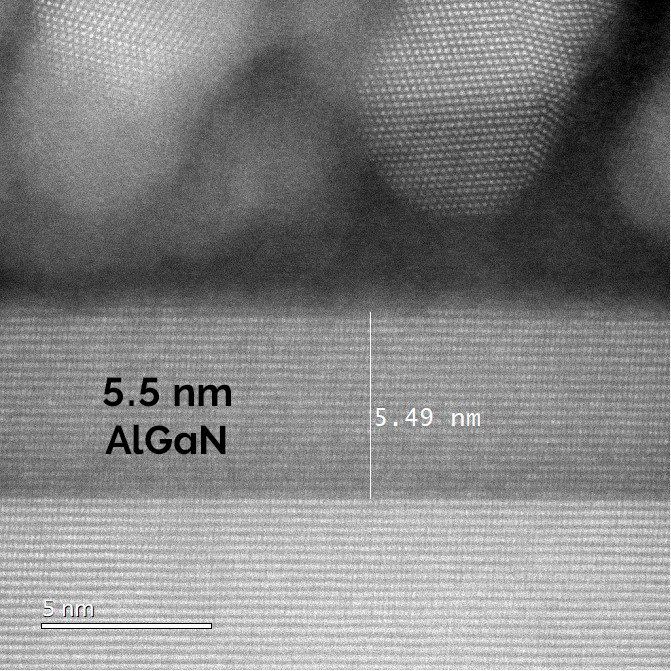
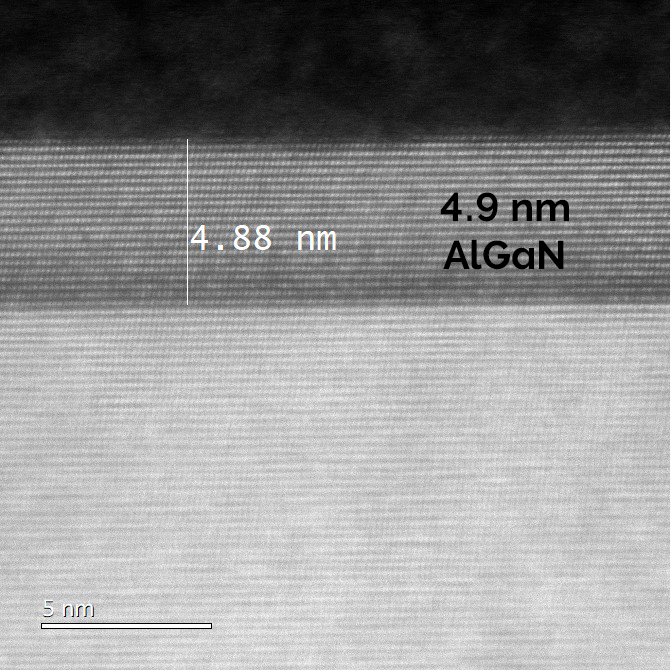
Figure caption: TEM verification across 3 samples of Etchpoint accuracy for AlGaN layer. Targeted AlGaN remaining thickness after ALE of 5 nm ±0.5 nm achieved, which was correlated to Etchpoint etch traces.
Etchpoint is a patent-pending UV reflectance-based endpoint technique with the optimised wavelength selected to allow for unrivalled accuracy of etch layer depth for GaN and AlGaN. Other endpoint solutions can typically achieve ±2 nm resolution which limits the capability to reliably fabricate some GaN HEMT device structures. This new etch-depth monitoring solution has been exclusively developed and optimised by Oxford Instruments in collaboration with LayTec. Etchpoint is fully integrated with both the hardware and software of the PlasmaPro 100 ALE system.
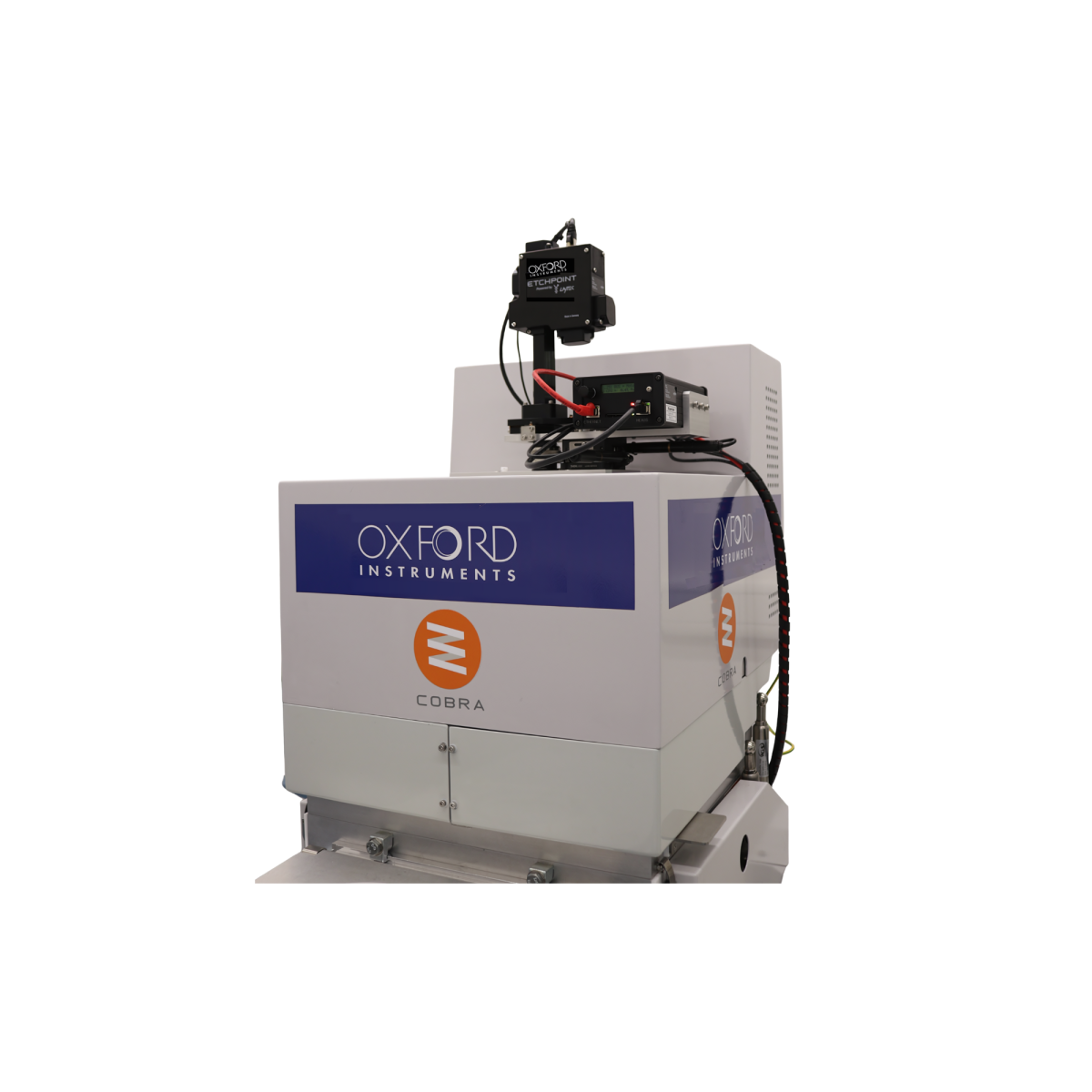
Platforms may be clustered to combine technologies and processes with either cassette or single wafer loading options. Hexagonal or square transfer chamber configurations are available.
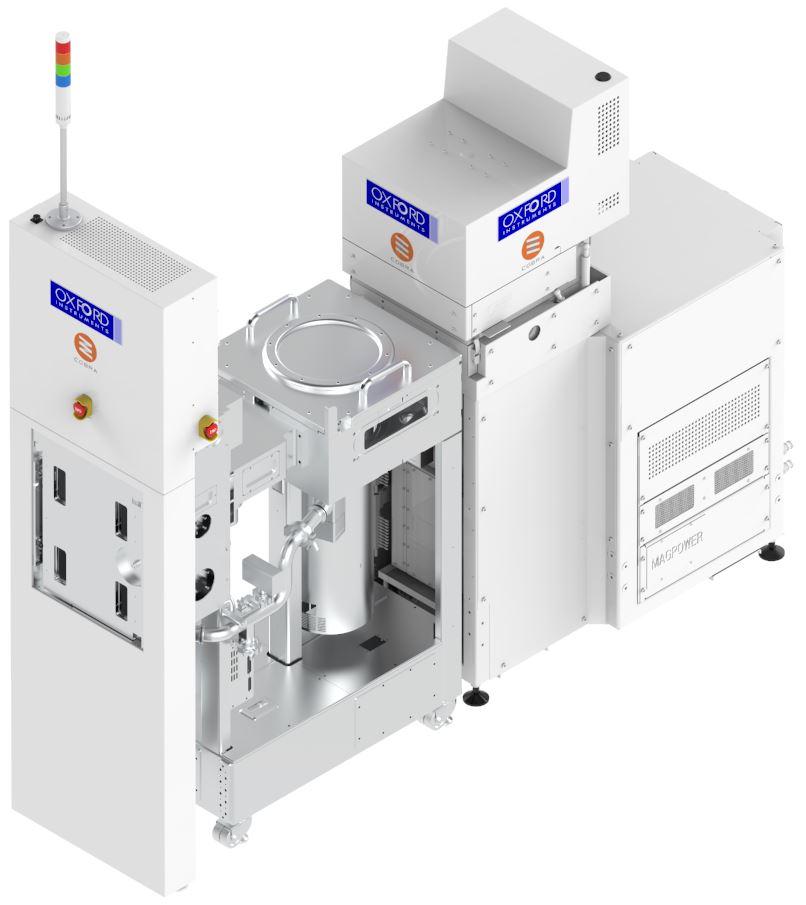
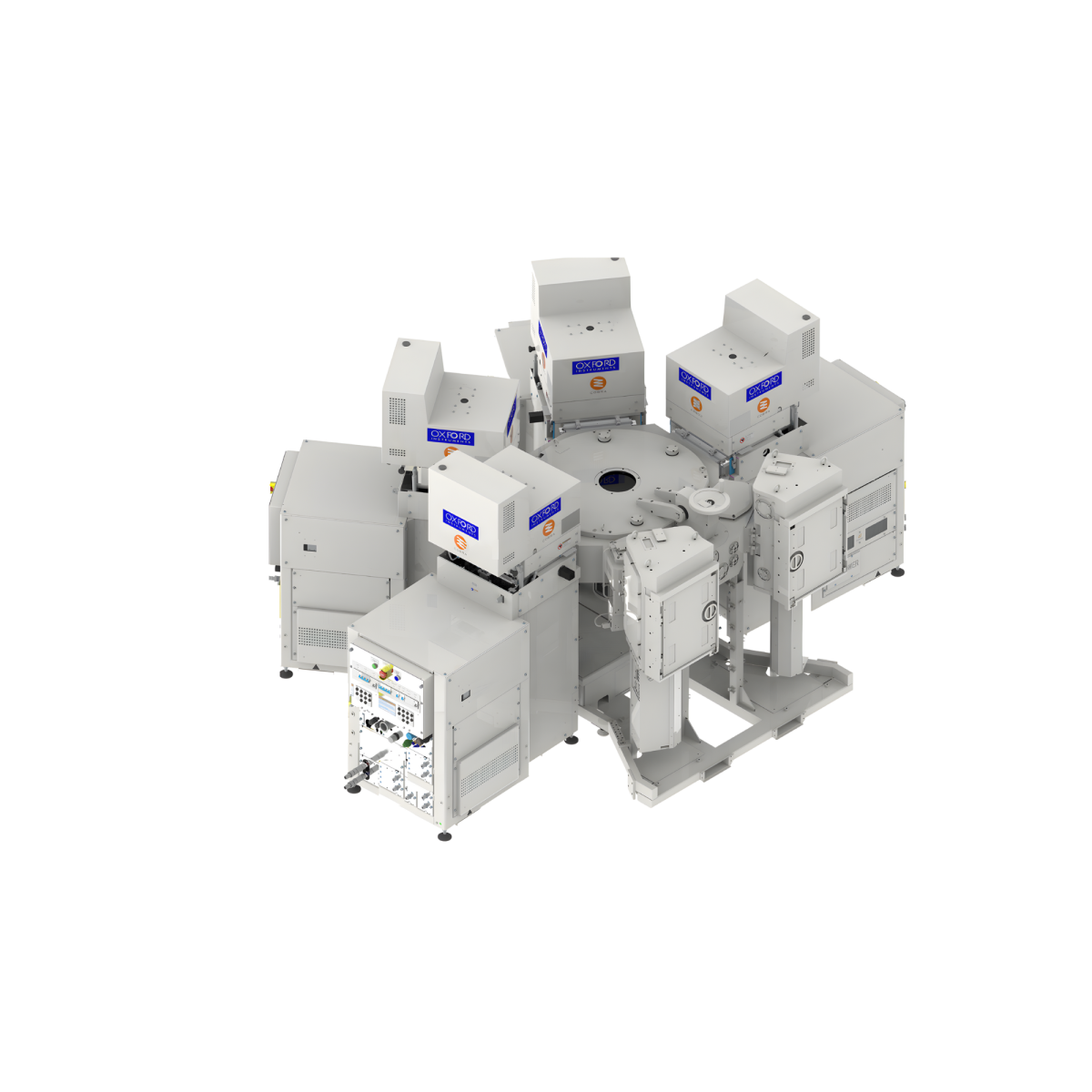
Oxford Instruments is committed to providing a comprehensive, flexible and reliable global customer support. We offer excellent quality service throughout the life of your system.
Speak to our experts or request pricing information today.